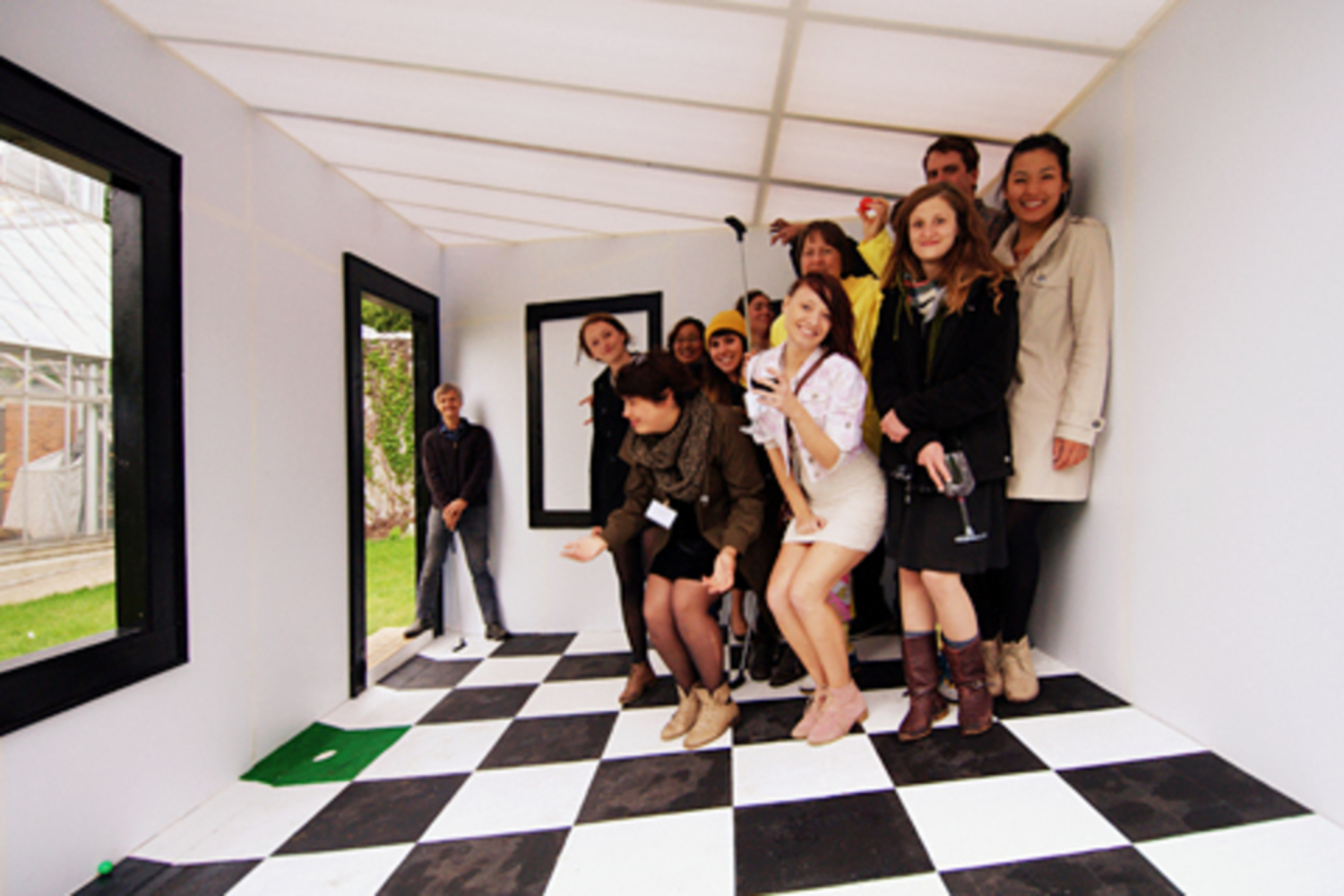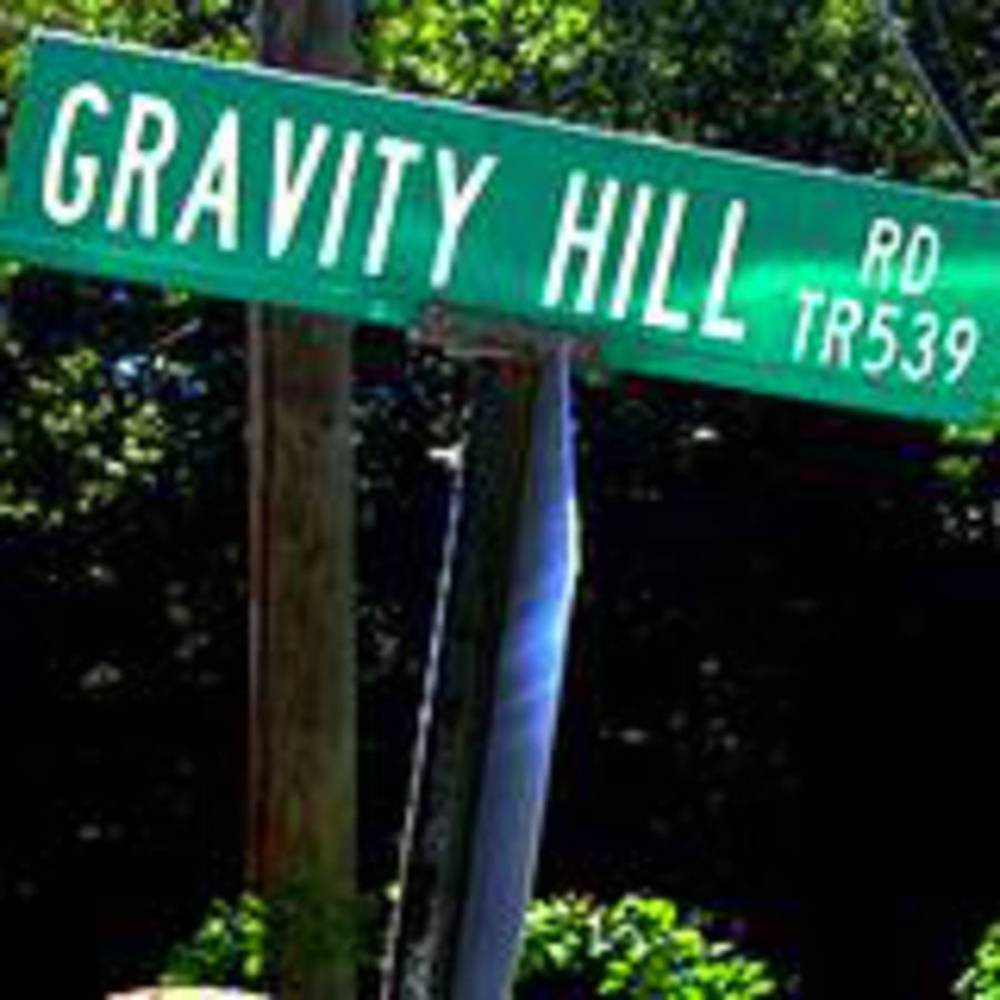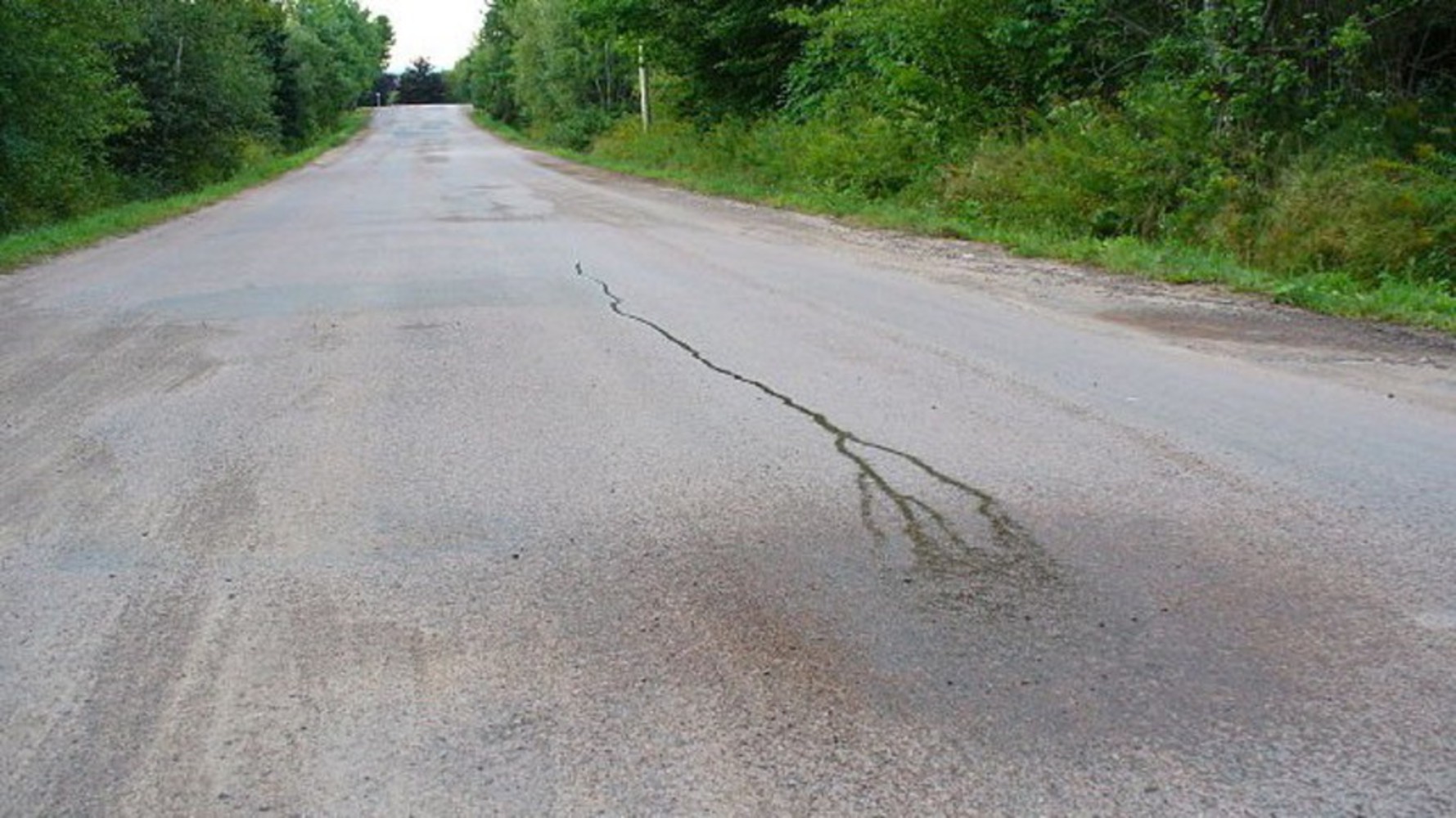The Ames Room
Created by an American ophthalmologist in 1934, the Ames Room is a physical optical illusion that draws on our perceptual understanding of depth and perspective to trick the viewer into thinking the objects or people in the room shrink and grow depending on where in the room they are. Though the room itself is trapezoidal with a sloped ceiling and floor, when viewed from a pinhole, the room seems perfectly cubic and checkered floors help create the sense that this room is perfectly normal. The result is a trick of perspective that distorts our understanding of how things should look, and can be viewed quite dramatically when the viewer watches a person walk across the room.
http://i.imgur.com/9cC8rm3.gifv


